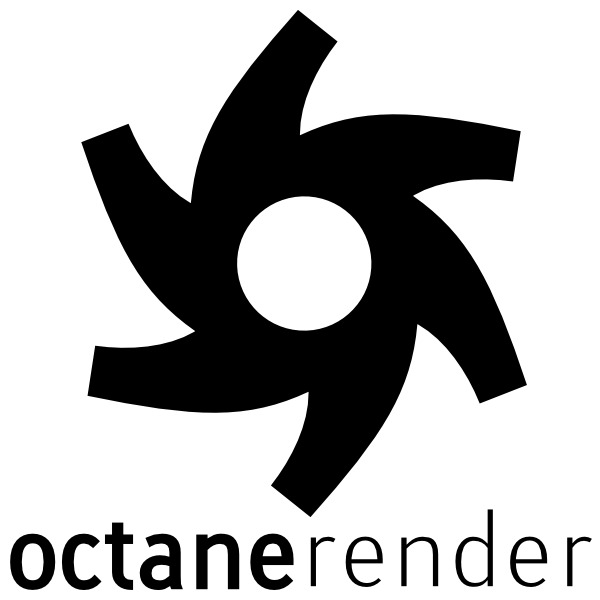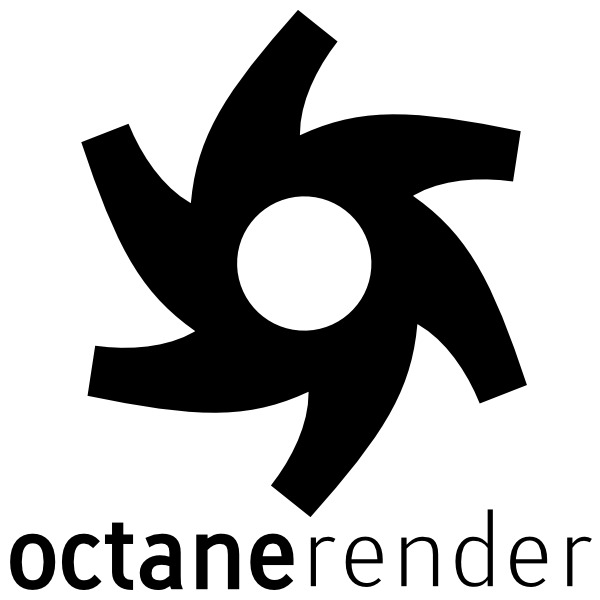Now that OctaneRender has been updated to support the Volta GPU architecture, how well does its performance scale when using multiple Titan Vs? And how does that compare to other popular rendering cards like the GeForce GTX 1080 Ti?


Now that OctaneRender has been updated to support the Volta GPU architecture, how well does its performance scale when using multiple Titan Vs? And how does that compare to other popular rendering cards like the GeForce GTX 1080 Ti?

OctaneRender is a GPU-based rendering engine, so the bulk of the processing it does is carried out on the video cards in a system. Different processors and motherboards can impact the number of cards that can fit in a single system, but do they matter beyond that? Does the CPU itself have any impact on rendering speed/performance?

PhotoScan makes heavy use of both the central processors (CPUs) in a computer and the video cards (GPUs) to run many of the calculations involved in turning still images into a 3D model or map. Intel’s new Xeon Scalable processors offer configurations with dozens of CPU cores, as well as the ability to support multiple GPUs – so let’s see how they perform in PhotoScan.

PhotoScan makes use of the video cards in a computer to assist with the computation of certain steps. As such, both the model of video card used and the number of GPUs present in a system can have an impact on the amount of time those steps take. In this article, we take a look at how multiple GeForce GTX 1080 Ti cards scale in performance across a few different CPU platforms.